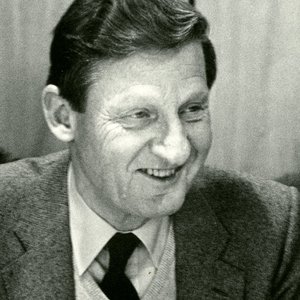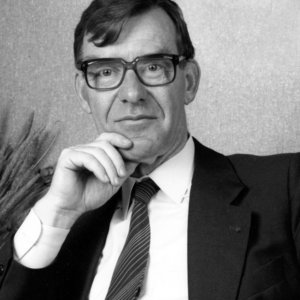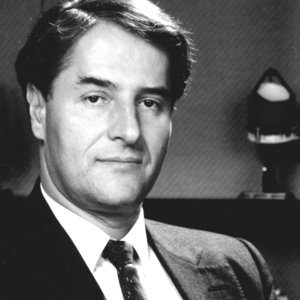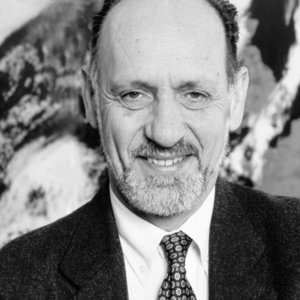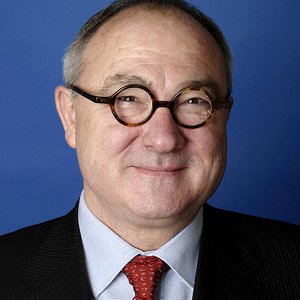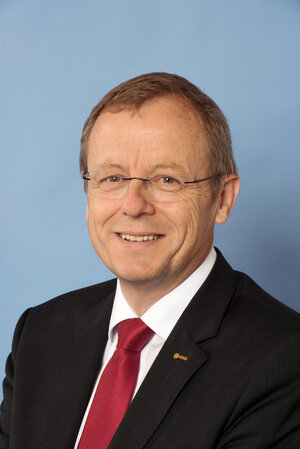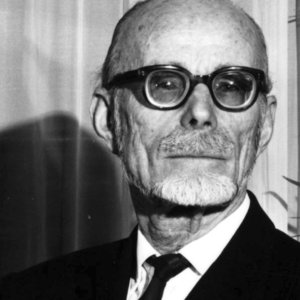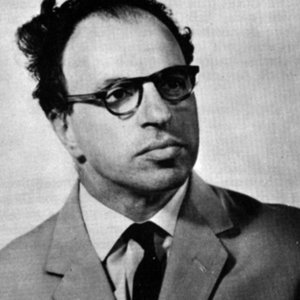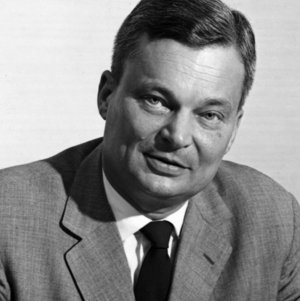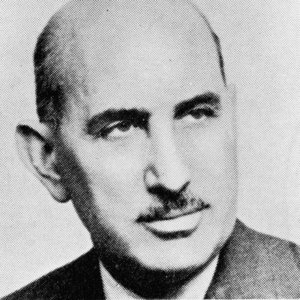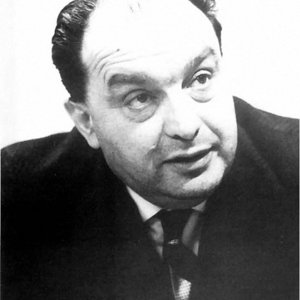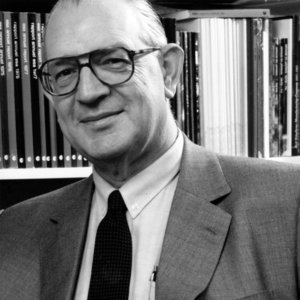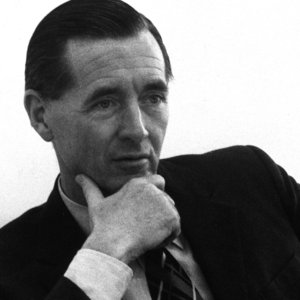Jean-Jacques Dordain
Jean-Jacques Dordain was the sixth Director General of ESA, serving from 2003 to 2015.
Main achievements

He was reappointed twice to the position by the ESA Council. When he joined ESA in 1986, he was appointed Head of the newly set-up Department for the Promotion and Utilisation of the International Space Station. In 1993, he became Associate Director for Strategy Planning and International Policy, then in 1999 he took the position of Director of Strategy and Technical Assessment. In 2001, he became Director of Launchers, and was appointed Director General in July 2003.
Mr Dordain was born in Lille in 1946. He graduated in engineering from the Ecole Centrale de Paris in 1969 (the year Neil Armstrong walked on the Moon), and began his scientific career in 1970 in the field of propulsion and rocket boosters at the French National Office for Aerospace Studies and Research (ONERA). From 1976 to 1983, he was the Coordinator of Space Activities at ONERA until he was appointed Director of Fundamental Physics. During this period he was among the first five French astronaut candidates to be selected by CNES for the ESA Spacelab 1 programme.
Throughout his career Mr Dordain has taught in several prestigious positions. He was Professor of Fluid Mechanics at the Ecole Centrale de Paris, 1972–78, and also Professor of Rocket Propulsion at the Ecole Nationale Supérieure de l’Aéronautique et de l’Espace (sup’Aero) in Toulouse, 1972–82.
From 1977 to 1993, he was Associated Professor in Mechanical Engineering at the Ecole Polytechnique and, from 1975 to 1995, he was Professor of Fluid Mechanics at the Ecole Nationale Supérieure des Techniques Avancées (ENSTA). Since 2003, he has been lecturer at La Sapienza University in Rome and Honorary Professor at the University of Technology, Graz, Austria, and at the University of Liège, Belgium.
In 1997, he was invited to be the Executive Secretary of the Evaluation Committee of the Japanese space agency NASDA.
Mr Dordain was awarded the honours of Officer of the French Légion d’Honneur and the Ordre National du Mérite. He was awarded the Order of Friendship by the Russian Federation, the title of Grand Officer in the Order of Merit of the Italian Republic and the Officer’s Cross (Verdienstkreuz I. Klasse) in the Order of Merit of the Federal Republic of Germany and the title of Commander in the Order of Orange-Nassau of the Netherlands.
Mr Dordain is a Member of the French Académie des Technologies, an Associate Member of the Belgian Académie Royale des Sciences, des Lettres et des Beaux Arts. He is also a Member of the Air and Space Academy (France); the International Academy of Astronautics and the Association Aéronautique et Astronautique de France. He has honorary functions as Vice President of the International Astronautical Federation and Chancellor of the International Space University.
While at the helm of ESA, Mr Dordain has presided over a long string of successful Ariane launches carrying important space science missions, such as the Rosetta comet chaser (2004) and the Herschel and Planck cosmic explorers (2009). In addition, a number of key Earth Observation satellites have been put into orbit providing unique data to the scientific communities for understanding and monitoring Earth’s environment and climate change, such as GOCE (2009) to study the Earth’s gravity field, SMOS (2009) to investigate the soil moisture and ocean salinity and Cryosat (2010) to study floating ice in the polar oceans and ice sheets. Proba-V (for Vegetation), a miniaturised satellite to map land cover and vegetation growth across the entire planet, was launched on a Vega launcher in early 2013.
In the area of Human Spaceflight and Microgravity, after the launch of the Columbus laboratory to the International Space Station in 2008, four Automated Transfer Vehicles (ATVs) docked automatically at the Station, the last three with only a one-year interval.
The first launch of Soyuz from Europe's Spaceport in French Guiana (October 2011) and the maiden flight of the Vega small launcher (February 2012) are also listed among the main recent achievements.
A growing and ever changing ESA
Since 2003, ESA has grown from 15 to 20 European Member States and has welcomed six new countries as European Cooperating States. All other EU countries not yet members of ESA may attend the ESA Council as observers.
Mr Dordain has nurtured ESA’s relationship with the European Union and its institutions. Within the ESA/EU framework agreement established in 2004, ESA and the European Commission have drawn up a European Space Policy as a common political framework for space activities in Europe. ESA is managing the technical development of the EU’s two space programmes: Galileo for satellite navigation, now with four operational satellites in orbit after the two precursors test satellites GIOVE-A and -B, and Copernicus for a global monitoring of the environment and security, with the first satellite of the Sentinels family (Sentinel-1A) to be launched on a Soyuz from Europe's Spaceport in French Guiana in early 2014.
Mr Dordain has been instrumental in sealing several Public–Private Partnerships with industry and commercial operators. Remarkable examples are the Hylas-1 broadband telecommunications satellite (2010) with Avanti Communications; the Alphasat high-power telecommunications platform (mid 2013) with CNES and Inmarsat; the European Small GEO geostationary platform for telecommunication missions with Hispasat (slated for end 2014/early 2015) and the European Data Relay System(also scheduled for 2015) for high-speed data services with Astrium and Eutelsat.
Mr Dordain has also started creating links, both programmatic and political, with the security and defence world with the creation of the Structured Dialogue on Space and Security, which brings together the EU Council, the European Commission, the European Defence Agency (EDA) and ESA. An administrative arrangement with EDA was concluded in June 2011.
Enhanced international cooperation
Mr Dordain’s leadership has enabled ESA to consolidate and enhance several international partnerships. On the NASA side, he has been key in ensuring the extension of the International Space Station’s operational life to 2020, an extension which on the European side was accompanied by the recruitment of six new astronauts in 2009. This cooperation goes now beyond the Space Station to cover future space exploration: in November 2012, ministers in charge of space gave the green light for Europe to provide the service module of NASA’s new Orion Multipurpose Crew Vehicle to the Moon and beyond.
On the Russian side, Mr Dordain promoted the launching of Soyuz from Europe’s Spaceport in French Guiana and the cooperation on the ExoMars mission to Mars (2016–18). He fostered and developed cooperation with Japan, especially in planetary exploration with the BepiColombo mission to Mercury and through the EarthCare Earth Explorer mission. He also increased ESA’s efforts to establish cooperation with China, especially in space science.















 Germany
Germany
 Austria
Austria
 Belgium
Belgium
 Denmark
Denmark
 Spain
Spain
 Estonia
Estonia
 Finland
Finland
 France
France
 Greece
Greece
 Hungary
Hungary
 Ireland
Ireland
 Italy
Italy
 Luxembourg
Luxembourg
 Norway
Norway
 The Netherlands
The Netherlands
 Poland
Poland
 Portugal
Portugal
 Czechia
Czechia
 Romania
Romania
 United Kingdom
United Kingdom
 Slovenia
Slovenia
 Sweden
Sweden
 Switzerland
Switzerland


























